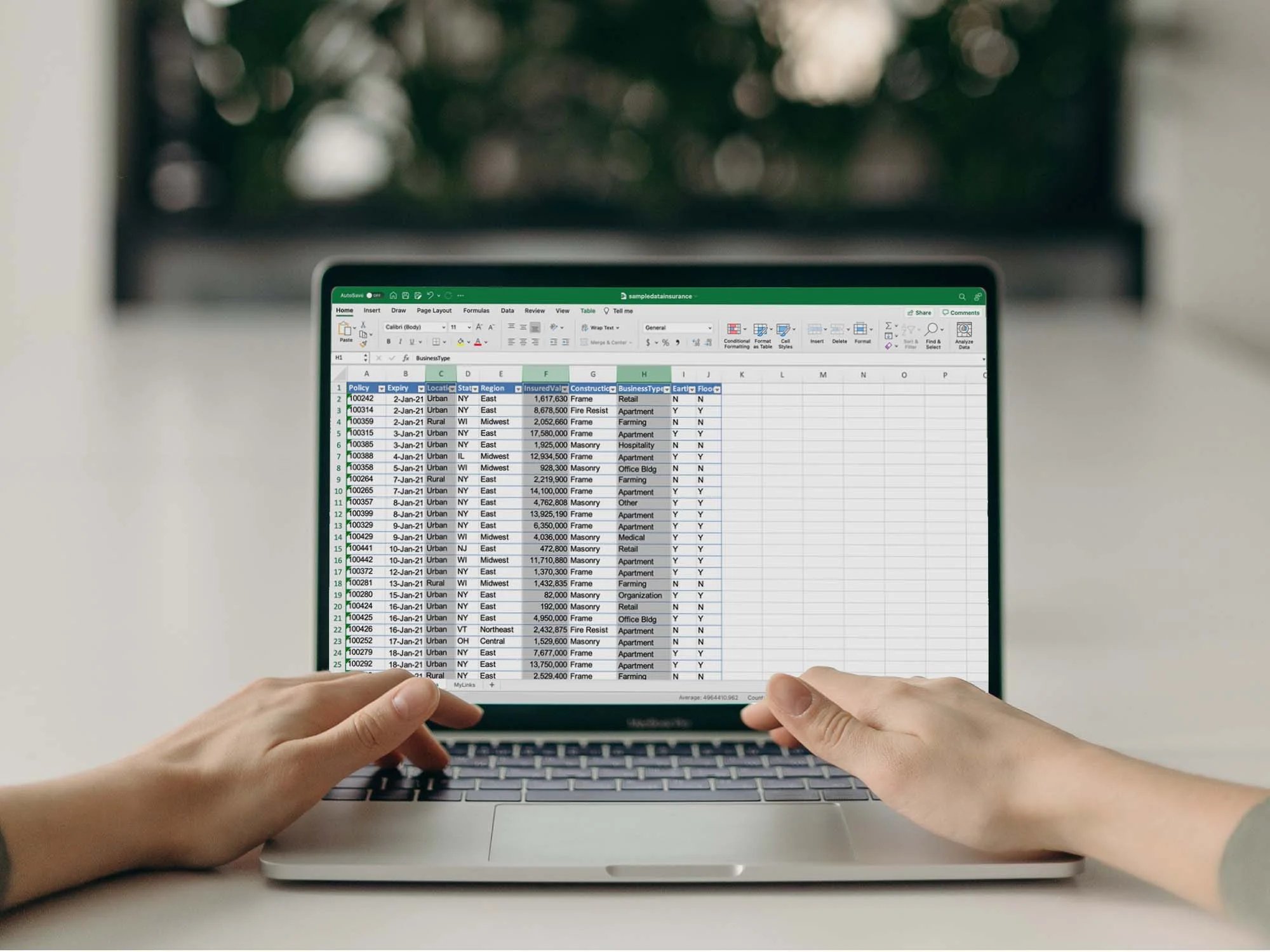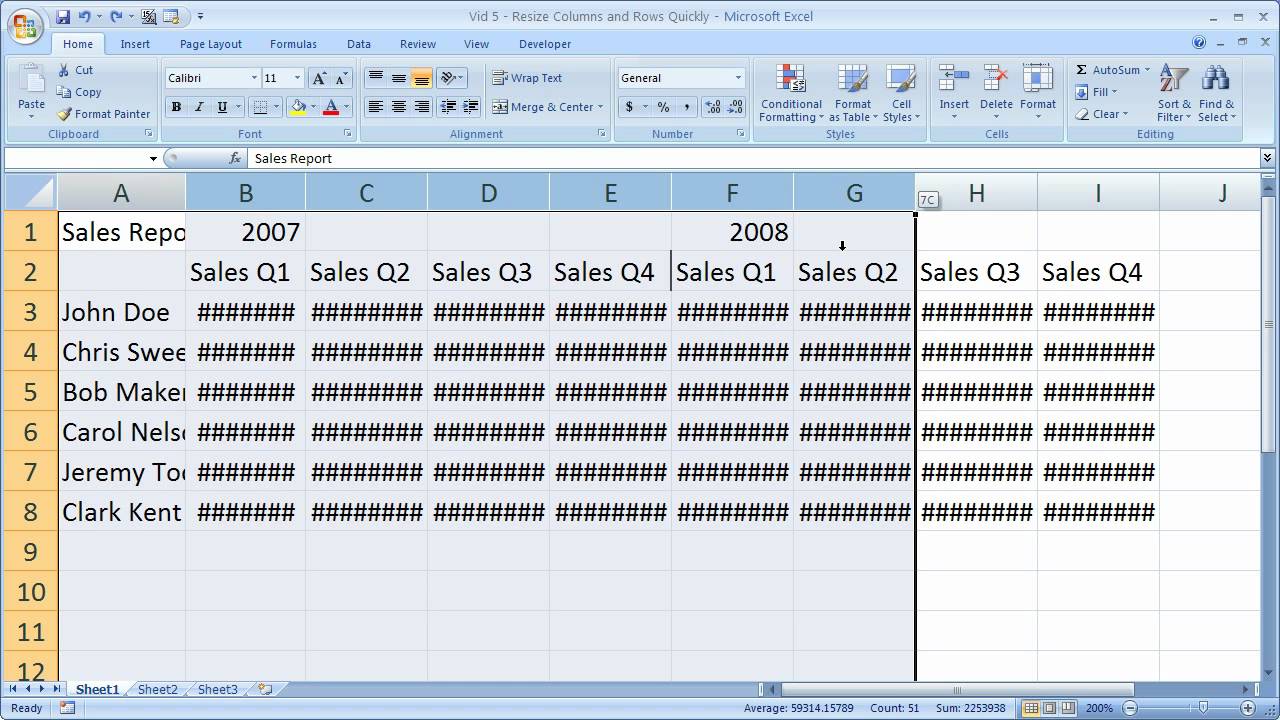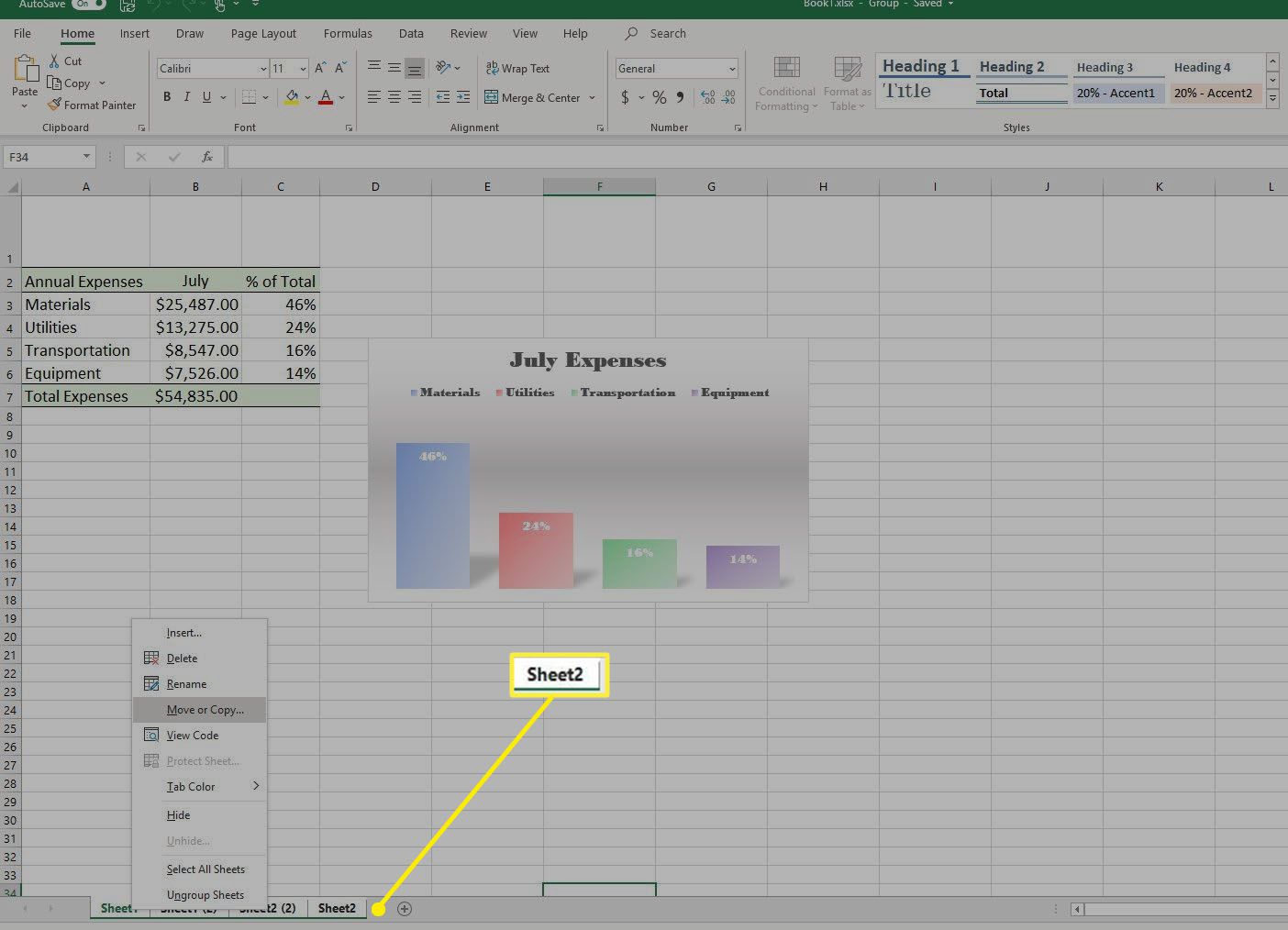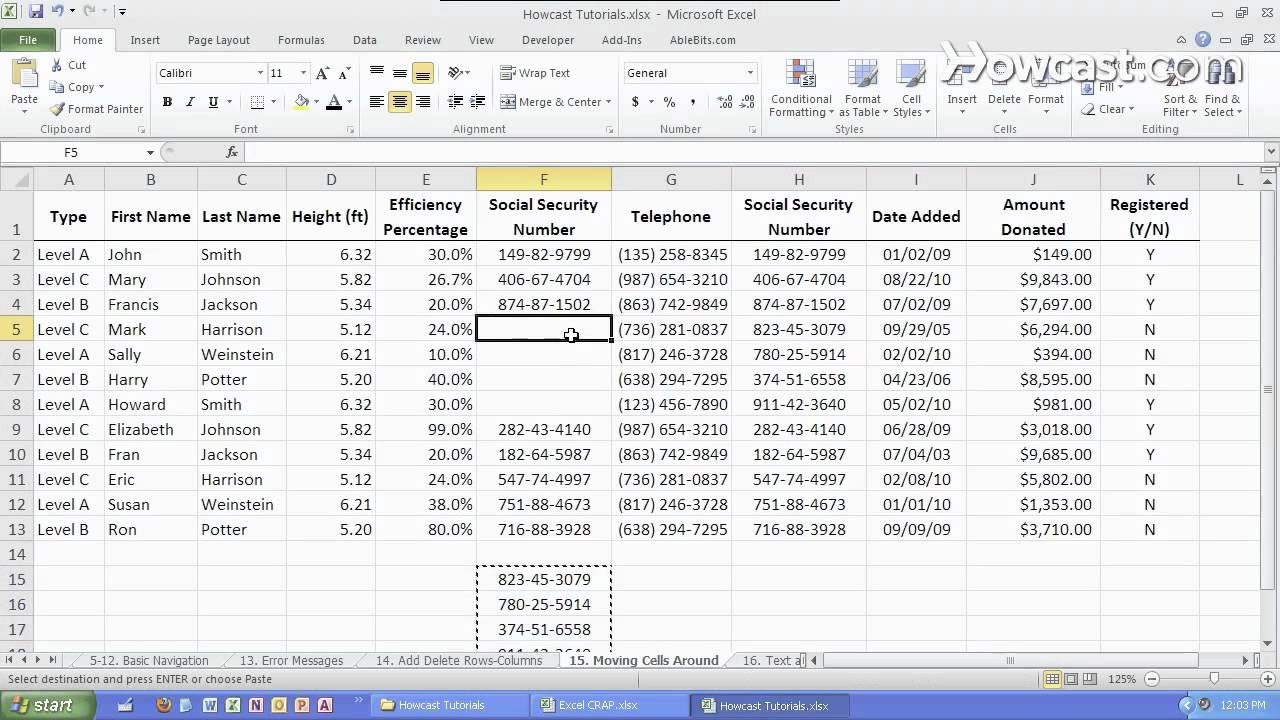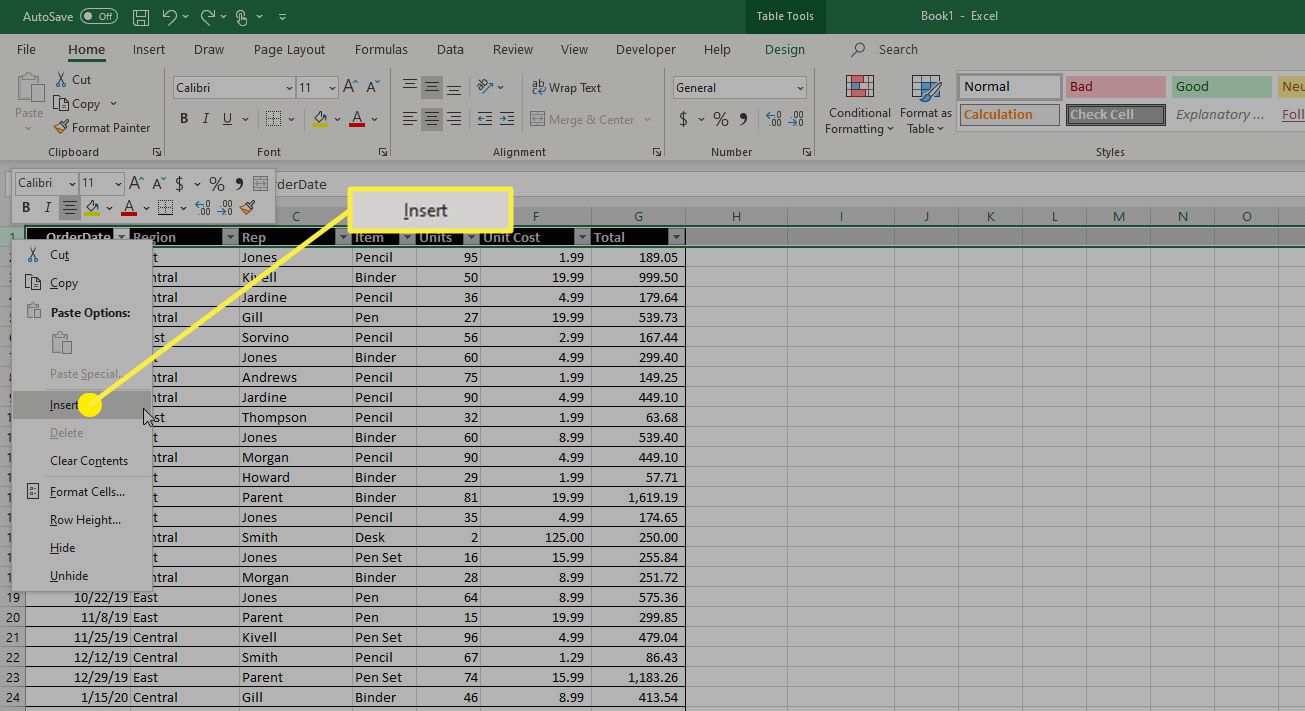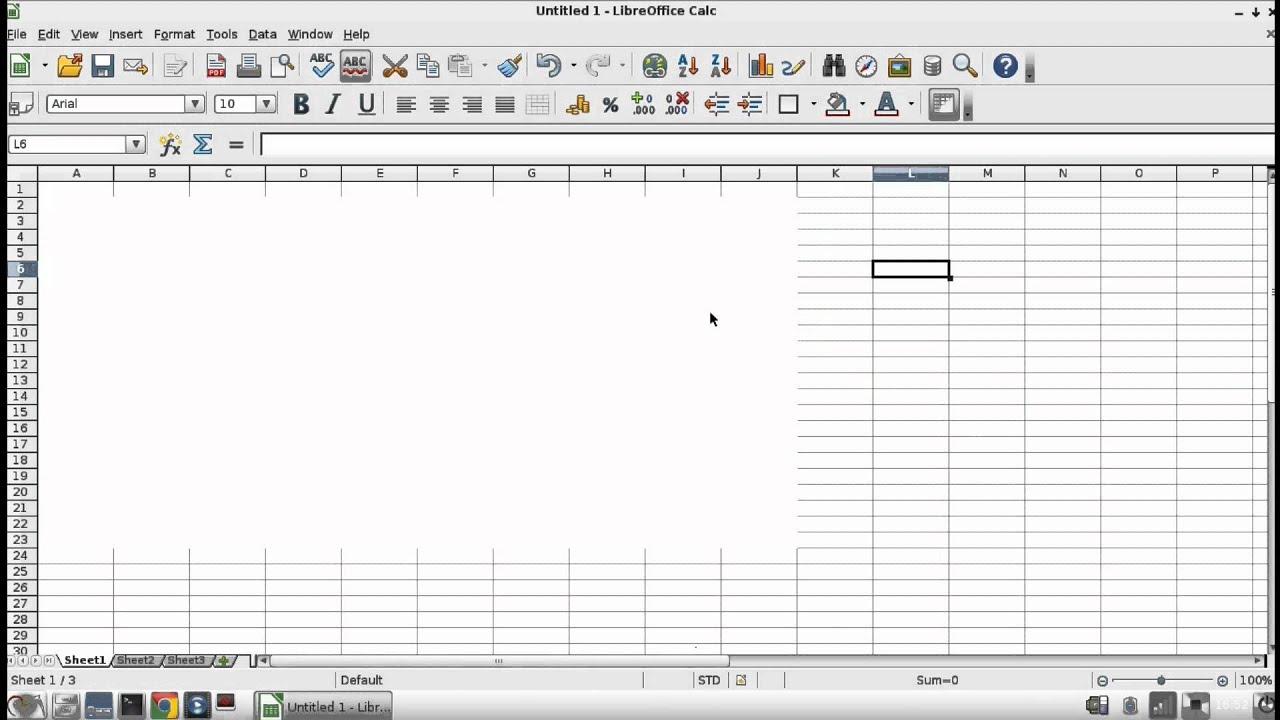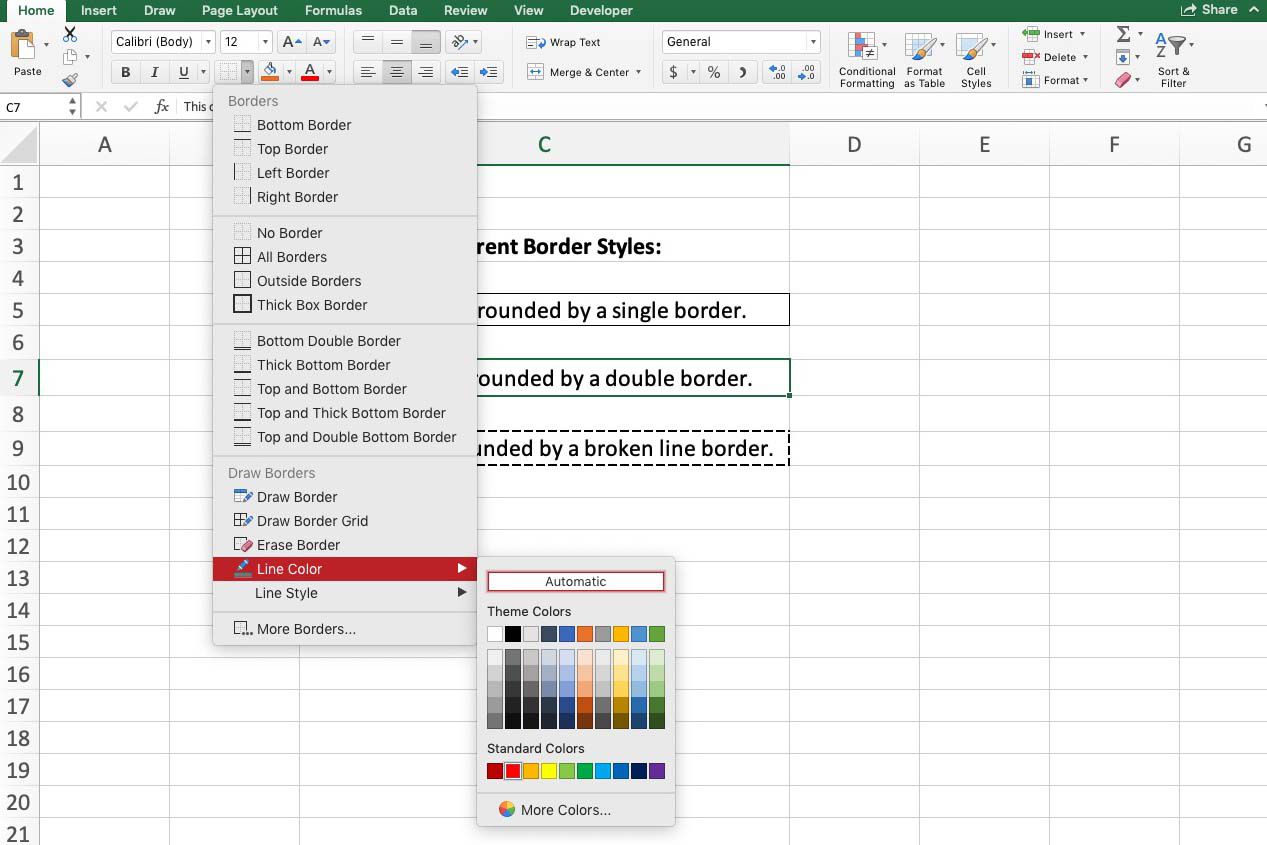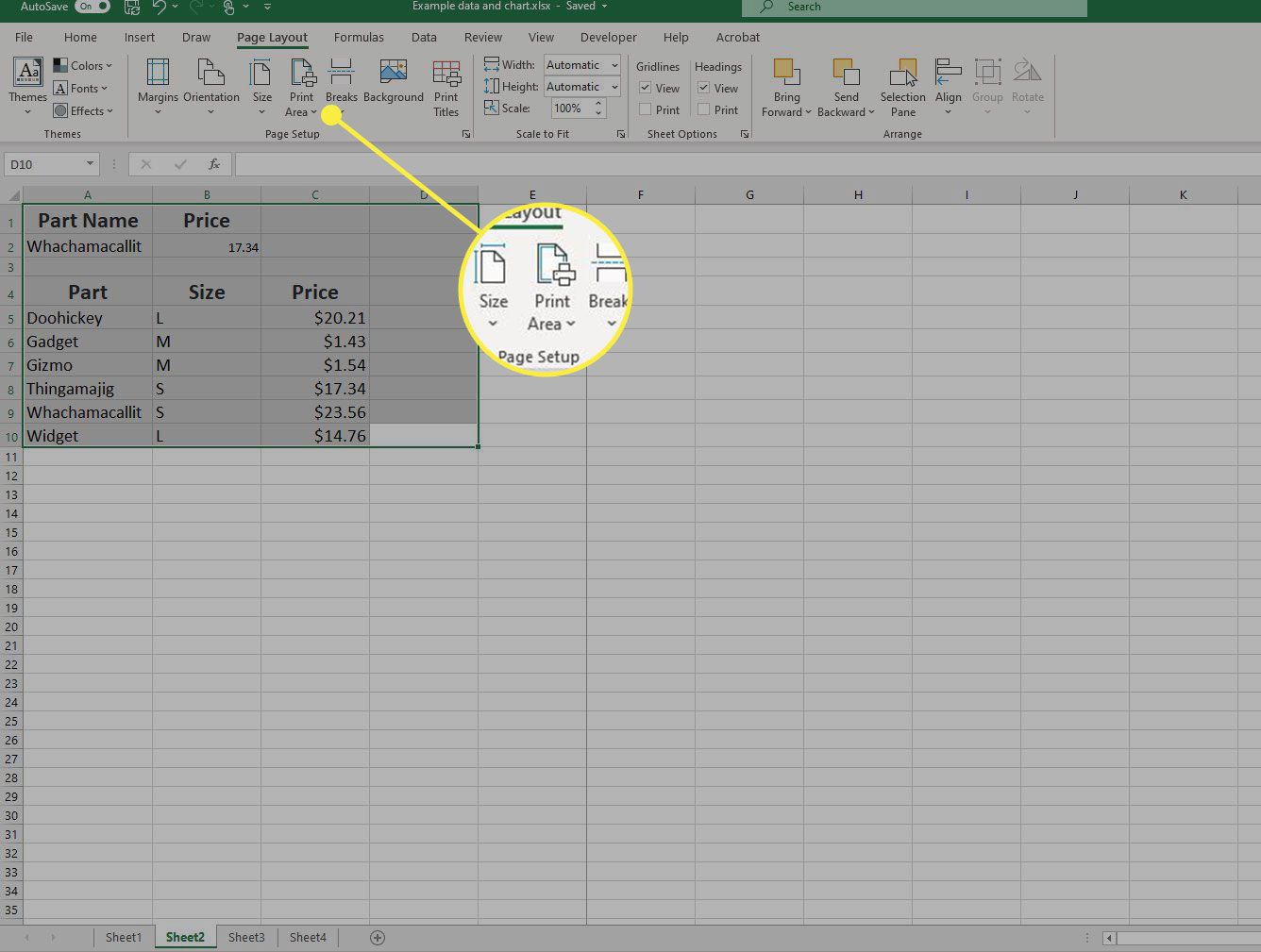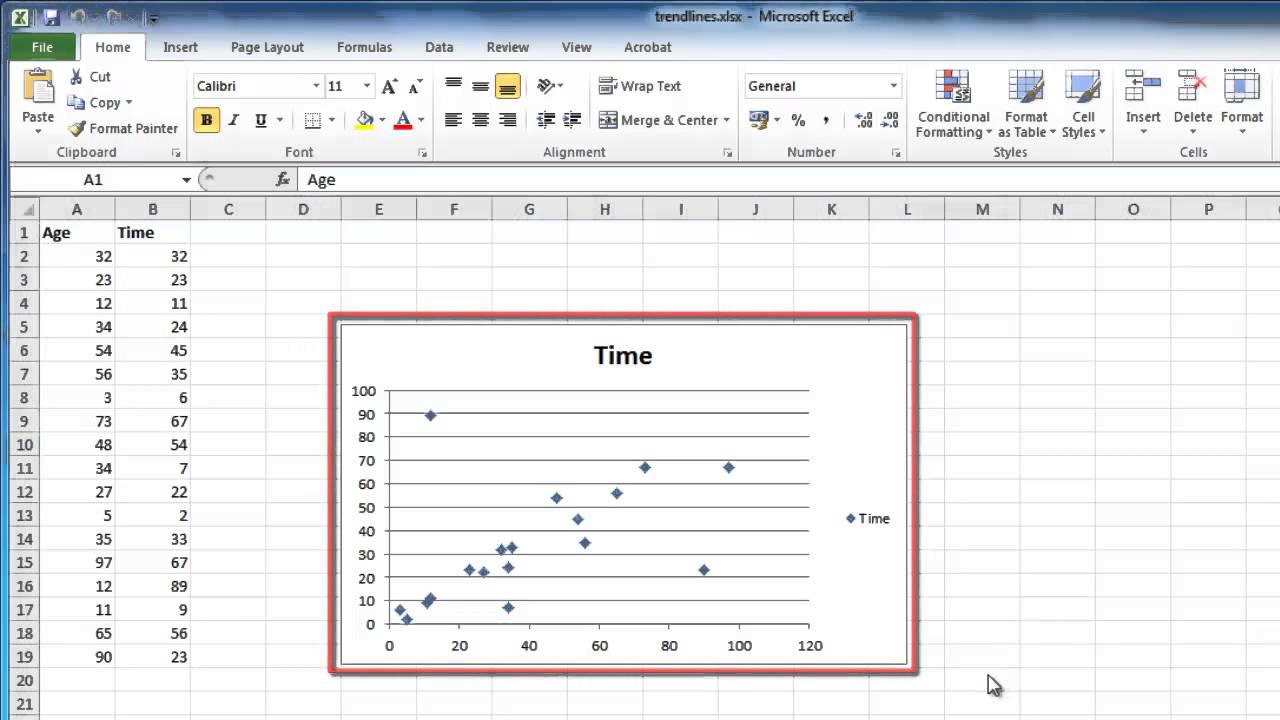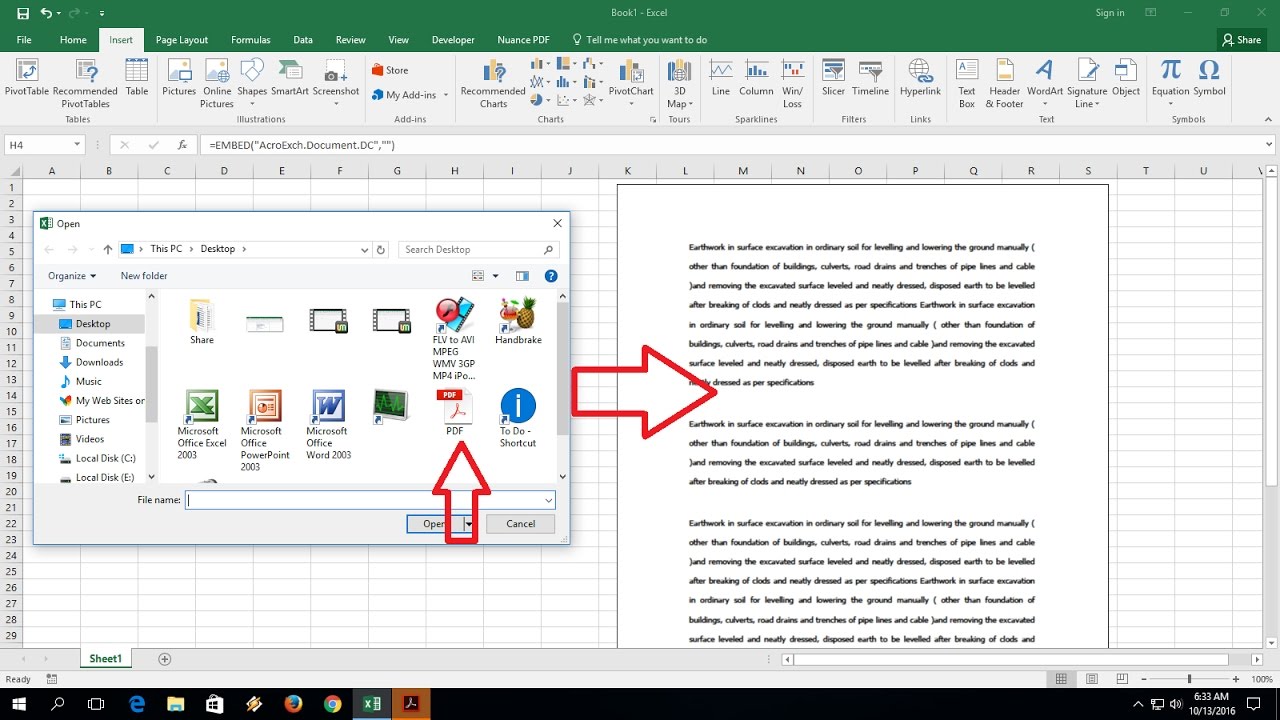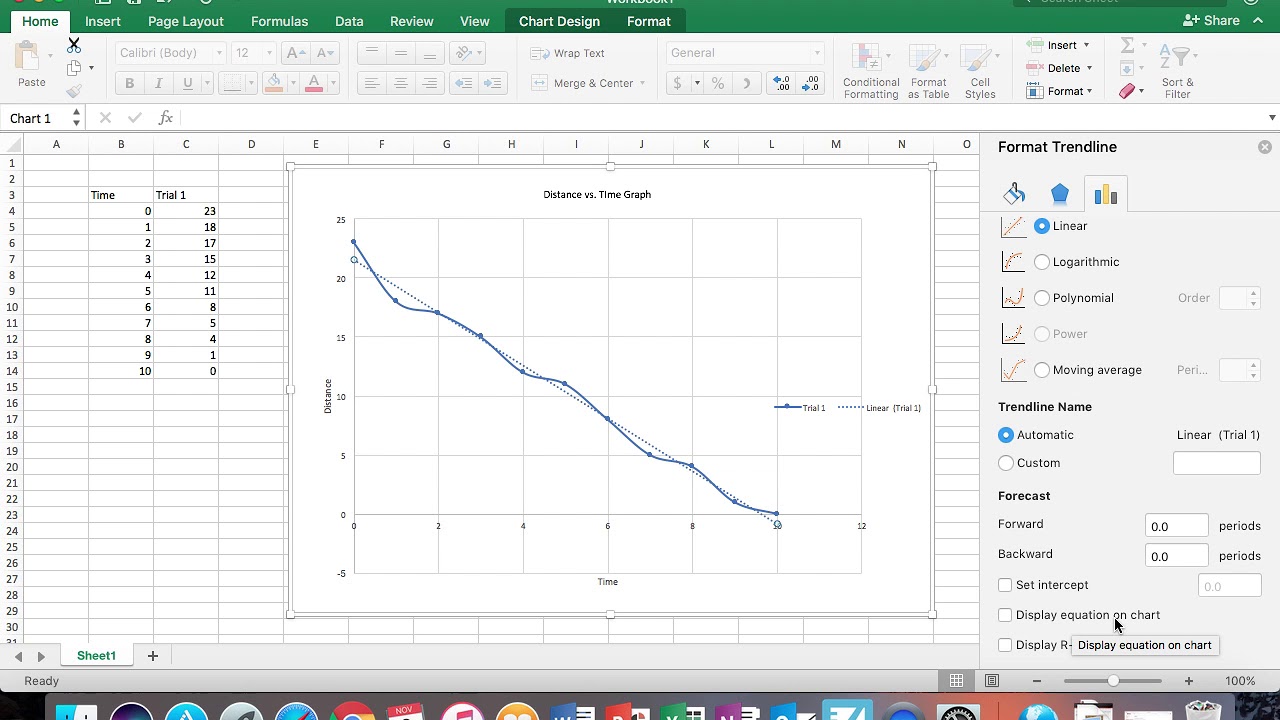Home>Technology and Computers>How To Use Subscript In Excel
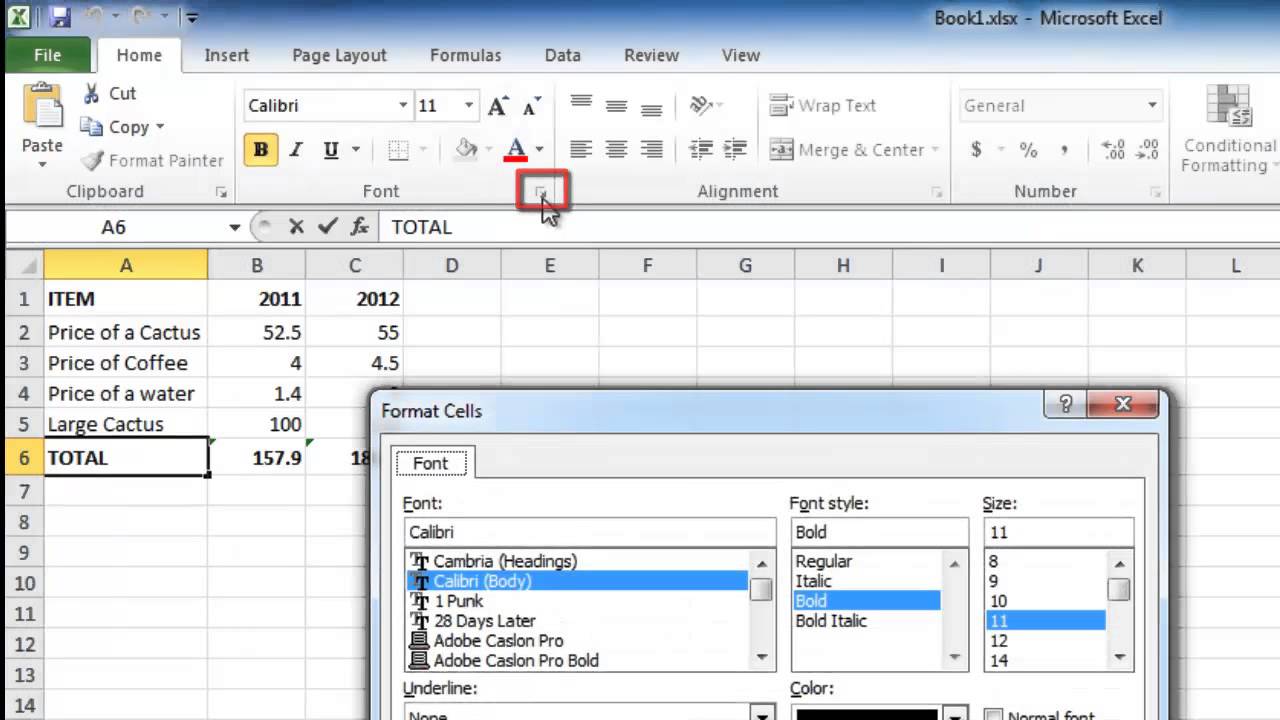

Technology and Computers
How To Use Subscript In Excel
Published: March 5, 2024
Learn how to use subscript in Excel to format your technology and computer data effectively. Master the art of subscripts for equations, chemical formulas, and more.
(Many of the links in this article redirect to a specific reviewed product. Your purchase of these products through affiliate links helps to generate commission for Noodls.com, at no extra cost. Learn more)
Table of Contents
Introduction
When it comes to creating professional-looking documents or crunching numbers in spreadsheets, Microsoft Excel is a go-to tool for many individuals and businesses. While Excel offers a wide array of features and functions, one particularly useful formatting option is the ability to use subscript. Subscript is a formatting feature that allows you to lower the baseline of text or numbers, making them appear smaller and slightly below the regular text line. This can be incredibly handy when dealing with chemical formulas, mathematical equations, or any content that requires the display of smaller characters below the standard text line.
Understanding how to effectively use subscript in Excel can significantly enhance the visual appeal and clarity of your documents and spreadsheets. Whether you're a student working on a science project, a researcher compiling data, or a professional creating reports, mastering the use of subscript in Excel can streamline your workflow and elevate the quality of your work.
In this comprehensive guide, we will delve into the intricacies of subscript in Excel, exploring its practical applications and providing step-by-step instructions on how to insert subscript. Additionally, we will uncover time-saving shortcuts for utilizing subscript and share valuable tips to ensure seamless integration of this feature into your Excel projects. By the end of this article, you will have a solid grasp of how to leverage subscript in Excel to enhance the presentation and accuracy of your documents and spreadsheets. Let's embark on this journey to unlock the potential of subscript in Excel and elevate your proficiency in using this powerful software tool.
Read more: How To Freeze A Row In Excel
What is Subscript in Excel?
Subscript in Excel is a formatting feature that allows you to lower the baseline of text or numbers, making them appear smaller and slightly below the regular text line. This formatting style is particularly useful when dealing with scientific or mathematical notations, chemical formulas, footnotes, or any content that requires the display of smaller characters below the standard text line.
In Excel, subscript is commonly used to represent chemical formulas, such as H2O for water or CO2 for carbon dioxide, as well as mathematical equations, such as x2 for x squared. By applying subscript, these elements are visually distinguished from the regular text, enhancing the clarity and professional presentation of the content.
The subscript feature in Excel is not limited to text; it can also be applied to numbers. For instance, when denoting the position of atoms in a molecule or indicating the order of a sequence, subscripted numbers can be employed to convey this information succinctly and accurately.
By utilizing subscript in Excel, you can ensure that complex notations and formulas are clearly communicated, facilitating better comprehension and interpretation of the data. This feature is particularly valuable in scientific, academic, and technical contexts, where precision and visual clarity are paramount.
Understanding the significance of subscript in Excel empowers users to effectively communicate complex information in a visually appealing and organized manner. By incorporating subscript into your Excel documents and spreadsheets, you can elevate the professionalism and readability of your work, ultimately enhancing the overall impact and effectiveness of your presentations and data analysis.
How to Insert Subscript in Excel
To insert subscript in Excel, follow these simple steps:
-
Select the Text or Number: Begin by selecting the text or number that you want to format as subscript. This can be a single character, a word, a combination of characters, or an entire cell containing the content you wish to convert to subscript.
-
Access the Format Cells Dialog Box: Once the desired content is selected, right-click on it and choose "Format Cells" from the context menu. Alternatively, you can navigate to the "Home" tab on the Excel ribbon, click on the small arrow in the bottom right corner of the "Font" group to open the "Format Cells" dialog box.
-
Navigate to the Font Tab: In the "Format Cells" dialog box, go to the "Font" tab. Here, you will find various formatting options for the selected content.
-
Enable Subscript: Within the "Font" tab, locate the "Effects" section. Check the box next to "Subscript" to enable the subscript formatting for the selected content. As soon as you check this box, you will notice the preview of the selected content displaying in subscript format in the "Preview" section of the dialog box.
-
Apply and Confirm: After enabling the subscript option, click "OK" to apply the formatting and close the "Format Cells" dialog box. You will now see the selected text or number displayed in subscript format within the Excel spreadsheet.
By following these straightforward steps, you can effortlessly insert subscript in Excel, enhancing the visual presentation and clarity of your content. Whether you are working on scientific notations, chemical formulas, or mathematical expressions, utilizing subscript can significantly improve the readability and professionalism of your Excel documents and spreadsheets.
Remember, the subscript formatting is not limited to individual characters or numbers; it can also be applied to entire cells, allowing you to effectively present complex data and formulas in a clear and organized manner. Mastering the skill of inserting subscript in Excel equips you with a valuable tool for enhancing the visual appeal and precision of your work, ultimately contributing to more impactful and effective communication of information.
Shortcut for Subscript in Excel
In Excel, efficiency is key, and utilizing shortcuts can significantly streamline tasks. When it comes to applying subscript formatting, Excel offers a convenient shortcut that expedites the process, allowing users to effortlessly convert selected text or numbers to subscript without navigating through multiple menus.
To quickly apply subscript formatting to selected content in Excel, follow these steps:
-
Select the Text or Number: Begin by selecting the text or number that you want to format as subscript. This can be a single character, a word, a combination of characters, or an entire cell containing the content you wish to convert to subscript.
-
Invoke the Subscript Shortcut: With the desired content selected, simply press "Ctrl" and "=" simultaneously. This keyboard shortcut serves as a quick toggle for subscript formatting, instantly converting the selected content to subscript without the need to navigate through the formatting menus.
By utilizing this convenient shortcut, you can seamlessly incorporate subscript formatting into your Excel documents and spreadsheets, enhancing the visual clarity and professionalism of your content with minimal effort. Whether you are working on scientific notations, chemical formulas, or mathematical expressions, leveraging this shortcut can significantly improve the efficiency of your workflow and contribute to the overall impact and effectiveness of your presentations and data analysis.
Mastering the use of shortcuts in Excel empowers users to optimize their productivity and proficiency, allowing for smoother and more efficient execution of tasks. By integrating this subscript shortcut into your Excel repertoire, you can elevate the visual appeal and precision of your work, ultimately enhancing the communication of complex information in a clear and organized manner.
Incorporating shortcuts into your Excel workflow not only saves time but also enhances the overall user experience, enabling you to navigate the software with greater ease and efficiency. As you continue to explore the capabilities of Excel, embracing shortcuts such as the subscript toggle can significantly enhance your proficiency and effectiveness in leveraging this powerful tool for document creation and data analysis.
Tips for Using Subscript in Excel
Utilizing subscript in Excel not only enhances the visual presentation of your documents and spreadsheets but also contributes to the accurate representation of scientific notations, chemical formulas, and mathematical expressions. To maximize the effectiveness of subscript in Excel, consider the following tips:
-
Consistency is Key: When incorporating subscript in your Excel documents, strive for consistency in formatting. Ensure that subscript is applied uniformly to similar elements throughout the document, maintaining a cohesive and professional appearance.
-
Use Subscript for Clarity: Leverage subscript to clearly denote chemical formulas, mathematical equations, and footnotes. By employing subscript for these elements, you can effectively distinguish them from regular text, facilitating better comprehension and interpretation of the content.
-
Avoid Overuse: While subscript can be a valuable formatting tool, it is important to exercise restraint and avoid overusing it. Reserve subscript for instances where it significantly enhances the clarity and visual appeal of the content, ensuring that it does not overshadow the main text.
-
Consider Font Size: When applying subscript, consider the font size and overall readability of the content. Ensure that the subscripted text or numbers are appropriately sized to maintain legibility and visual balance within the document.
-
Test Subscript in Formulas: If you are using subscript within formulas or functions, thoroughly test the calculations to ensure that the subscripted elements are accurately integrated into the computations. This step is crucial for maintaining the accuracy and integrity of your data analysis.
-
Utilize Subscript in Charts and Graphs: Extend the use of subscript to charts, graphs, and visual representations within your Excel documents. Subscript can be employed to label axes, data points, and annotations, enhancing the clarity and professionalism of the visual elements.
-
Review Subscripted Content: Before finalizing your Excel documents, take the time to review all subscripted content for accuracy and consistency. Verify that the subscript formatting is applied correctly and aligns with the intended presentation of the data.
By implementing these tips, you can harness the power of subscript in Excel to elevate the quality and effectiveness of your documents and spreadsheets. Whether you are working on scientific research, academic projects, or professional reports, mastering the strategic use of subscript can significantly enhance the visual appeal and precision of your work, ultimately contributing to clearer communication and more impactful presentations.
Read more: How To Move Rows In Excel
Conclusion
In conclusion, mastering the use of subscript in Excel is a valuable skill that can significantly enhance the visual appeal, clarity, and professionalism of your documents and spreadsheets. By leveraging the subscript feature, users can effectively communicate complex scientific notations, chemical formulas, mathematical equations, and footnotes with precision and visual distinction. The ability to present such content in a clear and organized manner is essential for academic, scientific, and technical endeavors, as well as for creating polished and impactful reports in professional settings.
The step-by-step guide provided in this article offers a comprehensive understanding of how to insert subscript in Excel, empowering users to seamlessly apply this formatting style to selected text, numbers, and entire cells. Additionally, the shortcut for subscript in Excel serves as a time-saving tool, allowing for quick toggling of subscript formatting without the need to navigate through multiple menus. By incorporating these techniques into your Excel workflow, you can streamline your tasks and elevate the efficiency and professionalism of your work.
Furthermore, the tips for using subscript in Excel offer valuable insights into maintaining consistency, clarity, and readability when integrating subscript into your documents and spreadsheets. By adhering to these best practices, users can ensure that subscript is applied strategically and enhances the overall impact and effectiveness of the content, without overshadowing the main text or data.
As technology continues to play a pivotal role in data analysis, scientific research, and academic pursuits, proficiency in utilizing formatting features such as subscript in Excel is increasingly valuable. The ability to present complex information in a visually appealing and organized manner not only enhances the quality of your work but also contributes to clearer communication and more impactful presentations.
In essence, the knowledge and mastery of subscript in Excel empower users to elevate the professionalism and precision of their documents and spreadsheets, ultimately enhancing the communication of complex information in a clear and organized manner. By embracing the capabilities of subscript in Excel, individuals and professionals can effectively convey scientific and mathematical concepts, ensuring that their work is not only accurate but also visually engaging and easily comprehensible.
